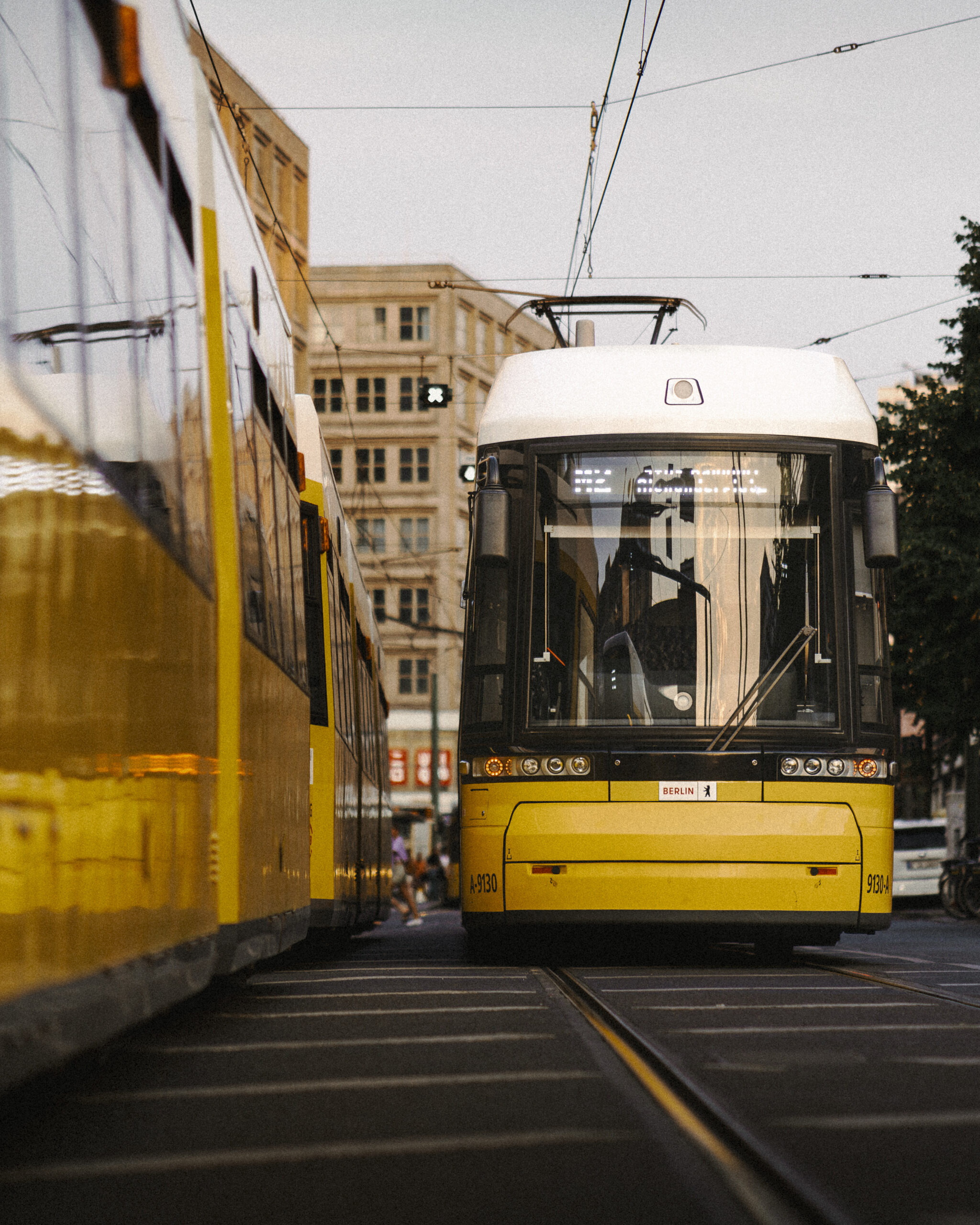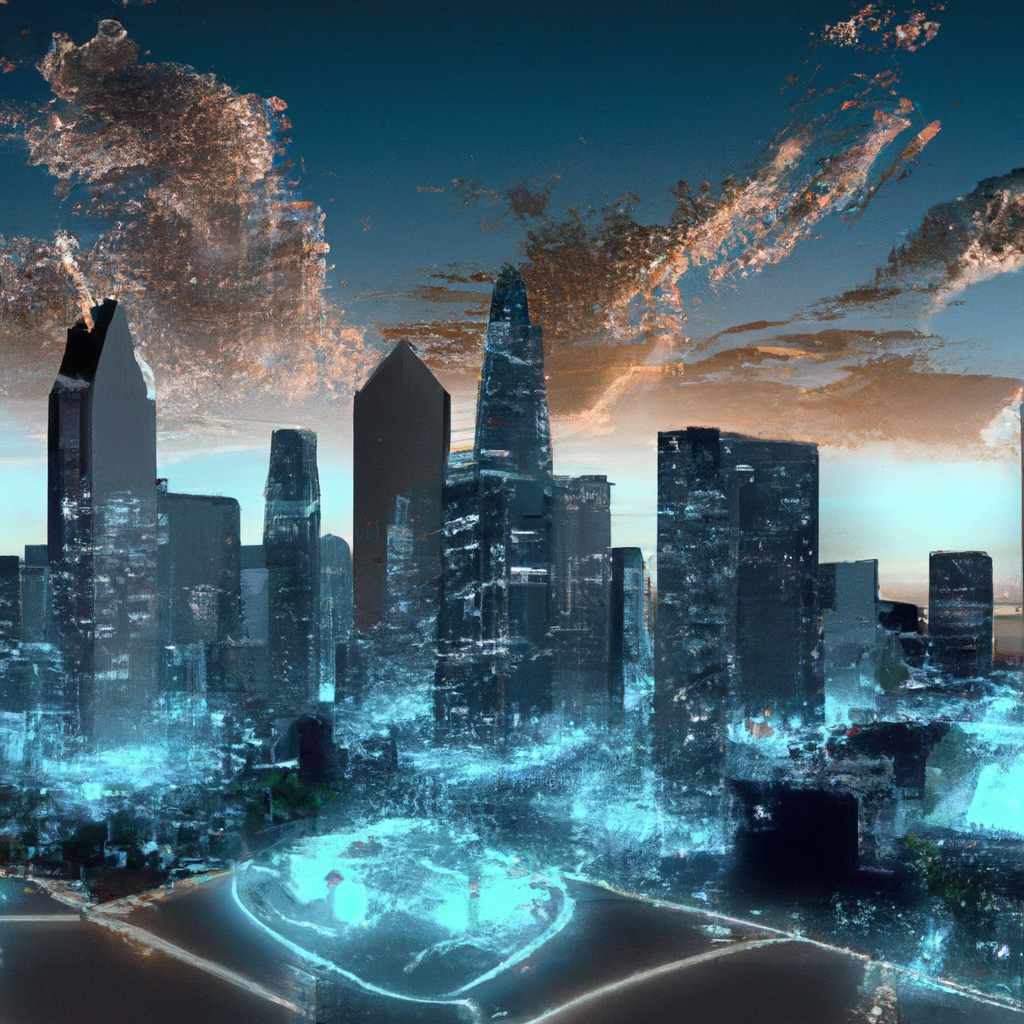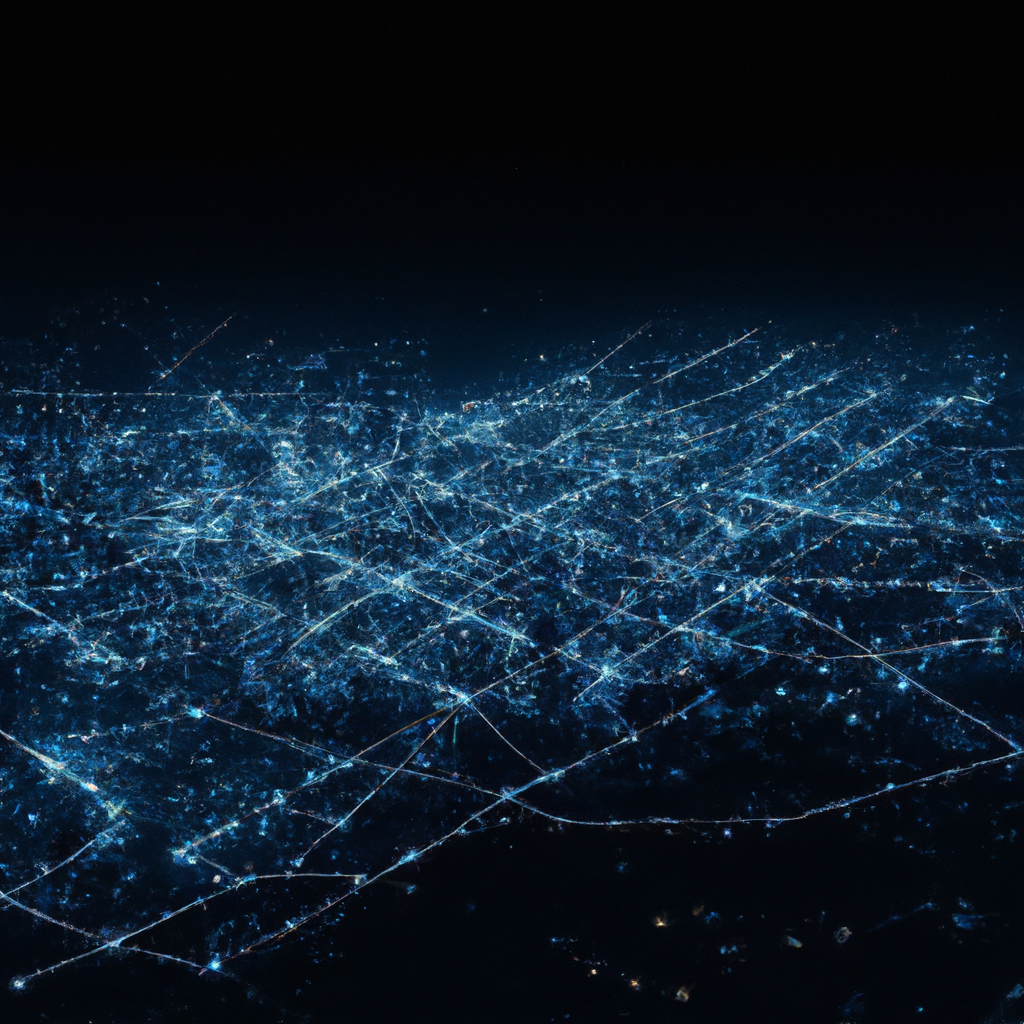Imagine a world where the hustle and bustle of urban living is seamlessly organized, where the intricate threads of a city’s infrastructure come together effortlessly. With the help of Artificial Intelligence (AI), this vision is becoming a reality. From optimizing traffic flow to managing energy consumption, AI is revolutionizing urban planning and transforming cities into smart hubs of efficiency. By harnessing the power of AI systems, planners and policymakers can make informed decisions, proactively address challenges, and provide citizens with a higher quality of life. In this article, we will explore the various ways that AI can be leveraged to improve urban planning and shape the cities of tomorrow.
Understanding AI and Urban Planning
Overview of artificial intelligence
Artificial Intelligence (AI) is a branch of computer science that focuses on creating intelligent machines capable of simulating human intelligence. AI algorithms are designed to analyze massive amounts of data, learn patterns, and make data-driven decisions without explicit programming. This technology has the potential to revolutionize various industries, including urban planning.
Role of AI in Urban Planning
AI plays a crucial role in modern urban planning by utilizing advanced algorithms to process and analyze vast amounts of data. It can help policymakers, city officials, and urban planners make informed decisions based on accurate and real-time information. AI technology focuses on optimizing various aspects of urban development, such as land usage, transportation, infrastructure management, sustainability, and public safety.
The concept of smart cities
Smart cities are a concept that integrates AI and other technologies to enhance the quality of life for citizens by making cities more efficient, sustainable, and livable. These cities leverage AI to collect and analyze data from various sources, such as sensors, social media, and citizen feedback, to improve decision-making and optimize resource allocation. The ultimate goal of smart cities is to create an urban environment that is responsive, adaptive, and inclusive.
Role of AI in Modern City Planning
Integration of AI in urban planning
Integrating AI into the process of urban planning has numerous advantages. AI algorithms can process and analyze vast amounts of data much more efficiently and accurately than humans. This enables urban planners to gain insights into complex patterns and trends that were previously challenging to identify. By effectively utilizing AI, planners can make data-driven decisions for various aspects of city planning, including land usage, mobility, infrastructure management, and sustainability.
Key benefits of using AI in city planning
Using AI in city planning offers several key benefits. Firstly, it facilitates optimal land usage by analyzing existing infrastructure, population density, and socio-economic factors. This enables planners to identify underutilized areas and suggest efficient urban development strategies. Secondly, AI helps in improving urban mobility by analyzing traffic patterns, predicting congestion, and suggesting alternative transportation routes. Additionally, AI-based tools can improve infrastructure management, prevent degradation, and enhance public safety by monitoring and analyzing various systems.
Examples of AI tools in urban planning
Several AI tools are already being used in urban planning. One such tool is AI-driven predictive modeling, which can simulate the future impacts of different development scenarios. This enables planners to evaluate and compare alternative plans to make informed decisions. Another example is AI-powered traffic management systems that use real-time data to monitor and optimize traffic flow. Additionally, AI-driven sensors and monitoring systems are used to collect data on air quality, noise levels, and waste management, allowing for more sustainable and efficient urban development.

Improving Land Usage with AI
Optimizing public space usage with AI
AI can help optimize public space usage by analyzing data on population density, infrastructure availability, and current usage patterns. By accurately predicting future needs and demands, planners can allocate resources efficiently and design urban spaces that cater to the requirements of residents. For example, AI algorithms can analyze data on foot traffic to identify overcrowded areas and suggest strategies to ease congestion, such as creating additional pedestrian walkways or expanding public parks.
AI and urban landscape management
AI can also play a crucial role in managing and preserving the urban landscape. By analyzing satellite imagery, aerial photography, and geographical data, AI algorithms can detect changes in vegetation cover, identify areas prone to erosion, and assess the overall health of urban green spaces. This enables city planners to make informed decisions about green infrastructure development, such as planting trees in areas with low vegetation cover to improve air quality or implementing rainwater harvesting systems to conserve water resources.
Reducing land wastage through AI
Land wastage is a significant concern in urban planning, and AI can help address this issue effectively. By analyzing data on vacant or underutilized lots, AI algorithms can identify opportunities for infill development or urban regeneration projects. This approach avoids the need for land expansion and preserves valuable green spaces. AI can also assist in identifying areas with potential for brownfield redevelopment, transforming abandoned industrial sites into vibrant urban spaces.
AI and Urban Mobility
Addressing transport issues with AI
One of the critical challenges in urban planning is addressing transport issues, such as traffic congestion, inefficient public transportation systems, and inadequate parking facilities. AI offers innovative solutions to these problems. By analyzing real-time data from sensors, mobile apps, and transportation networks, AI algorithms can identify traffic bottlenecks and suggest alternative routes to alleviate congestion. Additionally, AI-powered algorithms can optimize public transport systems by predicting demand, adjusting schedules, and improving the overall efficiency of the network.
AI in Traffic management and control
AI can greatly enhance traffic management and control in cities. Intelligent traffic signal systems equipped with AI algorithms can dynamically adjust signal timings based on real-time traffic conditions. This helps to optimize traffic flow and reduce delays. AI technologies can also analyze data from surveillance cameras and sensors to detect traffic violations and automatically issue fines. Moreover, AI-powered algorithms can predict traffic patterns and proactively manage traffic during special events or emergencies.
Public transport systems and AI
AI has the potential to transform public transportation systems. By analyzing data on passenger demand, commute patterns, and travel preferences, AI algorithms can optimize public transport routes and schedules. This enhances efficiency, reduces overcrowding, and ensures that transportation services align with the needs of the residents. AI can also be used to develop smart ticketing systems, personalized travel planning apps, and real-time passenger information services, improving the overall experience for public transport users.

AI and Infrastructure Management
Smart utilities and AI
AI can revolutionize the management of urban utilities such as water, electricity, and waste systems. By analyzing data on consumption patterns, AI algorithms can predict future demand and identify opportunities for reducing resource usage. For example, AI can optimize water distribution networks by detecting leaks, predicting demand fluctuations, and suggesting efficient allocation strategies. Similarly, AI algorithms can analyze energy consumption data to identify areas of high usage and recommend energy-efficient solutions.
Using AI to prevent infrastructure degradation
AI can play a crucial role in preventing infrastructure degradation and ensuring the longevity of urban assets. By analyzing data from sensors and monitoring systems, AI algorithms can detect signs of wear and tear, structural weaknesses, or potential failures. This enables proactive maintenance and repairs, preventing costly damages and ensuring the safety of infrastructure and residents. AI can also prioritize maintenance tasks based on criticality and optimize resource allocation, maximizing the efficiency of infrastructure management.
AI’s role in public facility management
AI can enhance the management of public facilities such as parks, libraries, and recreational centers. By analyzing user data, AI algorithms can identify patterns and trends in facility usage, enabling planners to allocate resources more effectively. For example, AI can identify peak times for facility usage to optimize staff scheduling and ensure adequate availability of amenities. Additionally, AI can analyze user feedback and preferences to improve the overall design and functionality of public facilities, making them more inclusive and user-friendly.
AI for Sustainable Urban Development
Green urban planning with AI
Sustainability is a key consideration in urban planning, and AI can contribute significantly to achieving sustainable urban development. By analyzing data on energy consumption, waste generation, and air quality, AI algorithms can identify opportunities for energy efficiency, waste reduction, and pollution control. This enables planners to develop strategies that promote green building practices, renewable energy adoption, and sustainable waste management systems. AI can also assist in analyzing the impact of climate change on urban areas and suggest adaptation measures.
Climate change and AI
Climate change poses significant challenges to urban planning. AI can be leveraged to analyze vast amounts of climate data, model future scenarios, and predict the potential impacts of climate change on cities. This knowledge can help planners develop strategies that mitigate risks, such as implementing flood prevention measures or designing resilient infrastructure. AI algorithms can also analyze data on green space distribution, temperature variations, and pollution levels to identify areas that are most vulnerable to climate change and prioritize adaptation efforts.
Community engagement in AI-driven urban planning
AI-driven urban planning should prioritize community engagement to ensure inclusivity and address local needs effectively. AI algorithms can analyze citizen feedback, social media data, and demographic trends to understand community preferences, concerns, and aspirations. This information can be used to develop policies and projects that have broad community support. Additionally, AI-powered platforms can facilitate public participation, enabling residents to contribute ideas, provide feedback, and actively participate in shaping the future of their cities.

Enhancing Public Safety with AI
AI for surveillance and policing in cities
AI has the potential to enhance public safety and security in cities. By analyzing data from surveillance cameras, social media, and other sources, AI algorithms can detect suspicious activities, identify potential threats, and alert authorities in real-time. AI can also analyze historical crime data to identify crime hotspots and suggest effective patrolling strategies. Furthermore, AI-powered facial recognition systems can assist law enforcement agencies in identifying suspects and preventing criminal activities.
AI in emergency response
AI can significantly improve emergency response in cities by enabling faster and more accurate decision-making. AI algorithms can analyze real-time data from various sources, such as emergency calls, sensors, and social media, to detect and predict emergencies. This helps emergency services allocate resources more effectively and proactively respond to critical situations, reducing response times and potentially saving lives. Additionally, AI can optimize emergency evacuation plans, simulate emergency scenarios, and provide real-time guidance to affected individuals.
AI for Urban safety
AI can be utilized to enhance overall urban safety by analyzing data on accidents, crime rates, and infrastructure vulnerabilities. By identifying patterns and trends, AI algorithms can help develop strategies to minimize risks and improve safety measures. For example, AI can analyze traffic accident data to identify accident-prone areas and suggest traffic calming measures or improvements to road infrastructure. Additionally, AI can assist in monitoring critical infrastructure, such as bridges and tunnels, to detect potential vulnerabilities and ensure proactive maintenance.
Challenges in Using AI in Urban Planning
Technological challenges
Implementing AI in urban planning comes with various technological challenges. One of the key challenges is the processing and analysis of massive amounts of data. AI algorithms require large-scale data sets for accurate predictions and decision-making, which can be challenging to gather and manage. Additionally, ensuring data quality, reliability, and compatibility across different sources can be a complex task. Moreover, there may be challenges in integrating AI systems with existing urban planning frameworks and infrastructure.
Legal and ethical concerns
The use of AI in urban planning raises legal and ethical concerns that need to be addressed. Privacy is a major concern, as AI-based systems gather and analyze massive amounts of personal data. There is a need to establish regulations and guidelines to protect citizen privacy and ensure data security. Additionally, the transparency and accountability of AI algorithms are critical to avoid biases or discrimination in decision-making. Striking a balance between the benefits of AI-driven urban planning and the protection of individual rights is essential.
Costs and Implementation barriers
Implementing AI in urban planning can be costly and face implementation barriers. Developing AI algorithms, acquiring the necessary technology infrastructure, and training personnel can require significant investments. Additionally, migrating from traditional planning methods to AI-driven approaches may require changes in organizational structures, processes, and workflows, which can be challenging to implement. There may also be resistance to change from stakeholders who are accustomed to traditional planning methods and skeptical about the capabilities and benefits of AI.

Addressing Privacy Concerns with AI Use
Balancing urban planning with privacy
Addressing privacy concerns requires a careful balancing act between leveraging AI for urban planning and respecting individual privacy rights. Implementing privacy-by-design principles ensures that privacy considerations are integrated into the development and deployment of AI-driven systems. This includes anonymizing and protecting personal data, obtaining informed consent, and limiting data access to authorized individuals. Transparent governance frameworks and accountability mechanisms can instill trust and ensure citizens’ privacy rights are respected.
Extents of AI surveillance
The extent of AI surveillance must be carefully monitored and regulated to avoid undue intrusion into individuals’ private lives. Clear guidelines should be established to define the acceptable scope and purposes of AI surveillance. The use of facial recognition technology, for example, should be subject to strict regulations and oversight to prevent potential abuses. Public consultation and engagement are crucial in determining the limits of AI surveillance and ensuring the protection of civil liberties and individual freedoms.
AI solutions for privacy
AI can also provide solutions to enhance privacy in urban planning. By using advanced encryption algorithms and data anonymization techniques, AI can minimize the risks associated with privacy breaches. Differential privacy methods can be applied to aggregate and analyze sensitive data while preserving individuals’ anonymity. Additionally, AI-powered tools and platforms can enable citizens to have more control over their data, allowing them to selectively share information, set privacy preferences, and access secure channels for engaging with urban planning processes.
Future of AI in Urban Planning and Smart Cities
Predicted advancements in AI
The future of AI in urban planning holds immense potential for advancements. As AI algorithms become more sophisticated, they will be able to analyze and interpret increasingly complex data sets, including real-time sensor data, social media feeds, and even virtual reality simulations. Machine learning techniques will continue to evolve, enabling AI systems to self-improve through continuous learning and adaptability. Additionally, the integration of AI with emerging technologies, such as Internet of Things (IoT) devices and autonomous vehicles, will further enhance the transformative power of AI in urban planning.
Expanding role of AI in smart cities
AI’s role in smart cities is expected to expand significantly in the future. As smart cities become more data-driven and interconnected, AI will play a crucial role in analyzing and managing vast amounts of information for effective decision-making. AI-driven platforms will facilitate citizen engagement by providing personalized services, real-time feedback mechanisms, and interactive planning processes. Moreover, AI-powered predictive analytics will enable proactive problem-solving and support long-term strategic planning for sustainable urban development.
Balancing AI with urban needs
While AI has incredible potential to improve urban planning and smart cities, it is essential to strike a balance between technological advancements and meeting the needs of urban residents. The application of AI should not compromise human-centric approaches or disregard community input. Urban planning should remain inclusive, transparent, and participatory, with AI serving as a tool to support decision-making and enhance efficiency. Collaboration between technologists, urban planners, policymakers, and citizens will be crucial in ensuring that AI is harnessed responsibly and for the benefit of all.











